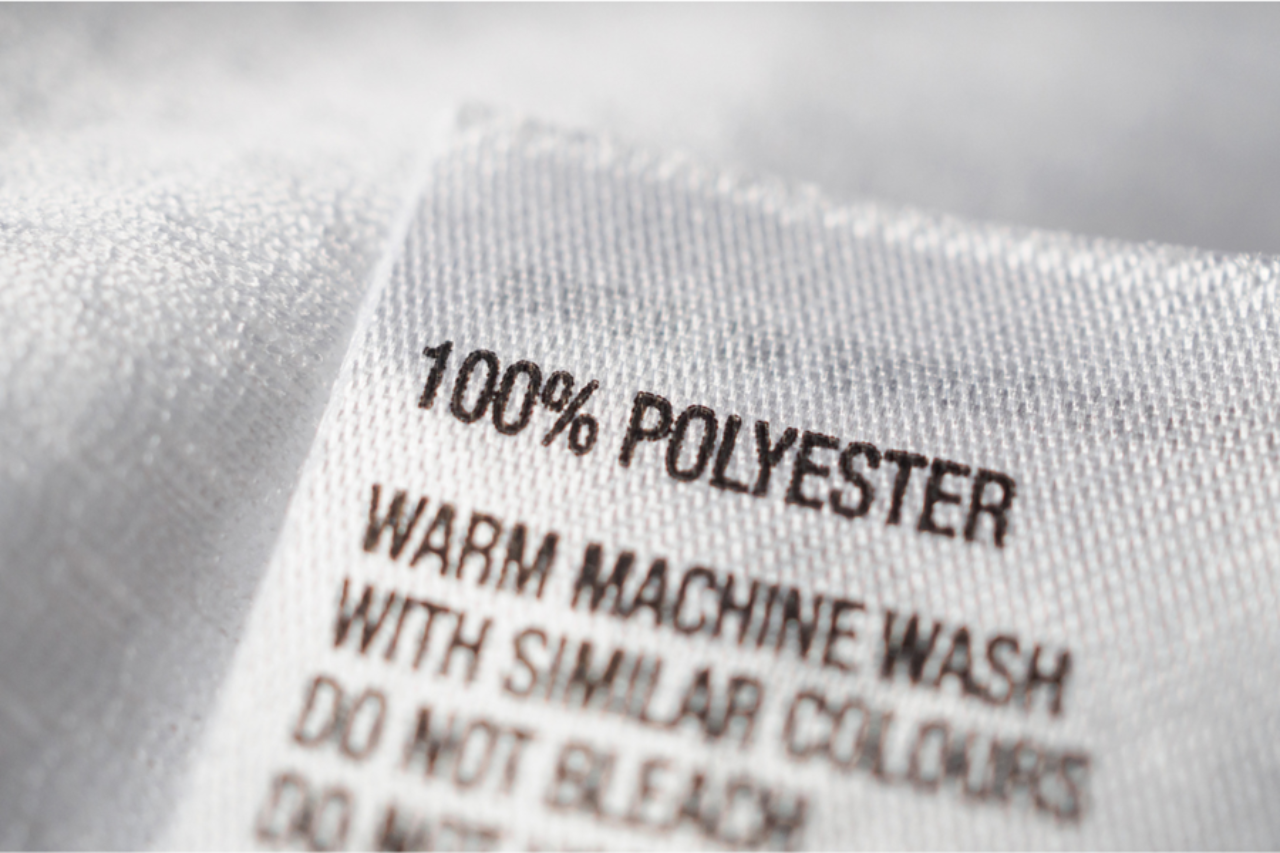
Worldwide attention is increasing about the dangers of microplastics, and more specifically microfibres with evidence mounting that the world could face a looming environmental and health crisis.
The World Economic Forum has heard that microplastics have been found in the land, sea and air, across the food chain and throughout the human body, and while the full extent of the health impacts is not yet known there are links to heart attacks, stroke and Alzheimer’s.
Microfibers, unlike natural fibres, are a significant contributor to microplastic pollution with most microfibres coming from synthetic clothing during washing.
At the recent Australian Cotton Collective, microfibres were a key focus with speakers agreeing the issue is becoming hard to ignore.
Dr. Stefan Hajkowicz, a chief research consultant with the CSIRO, said the problem often begins in the laundry. “The biggest source of microplastics or microfibres in the environment is actually the washing machine,” he explained. “When you wash your clothes, it goes into the water and then out into our waterways and stays there. We’re getting increased concentrations of these microplastics, and we have a lot of concerns about the impacts on human health.”
By choosing natural fibres for your wardrobe, you can help reduce your own microfibre footprint. Learn more about making sustainable fibre choices in the National Cotton Council’s Plant Not Plastic campaign.
September 2025
